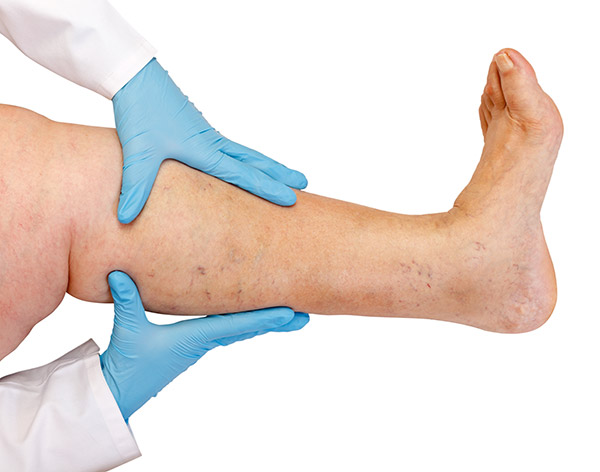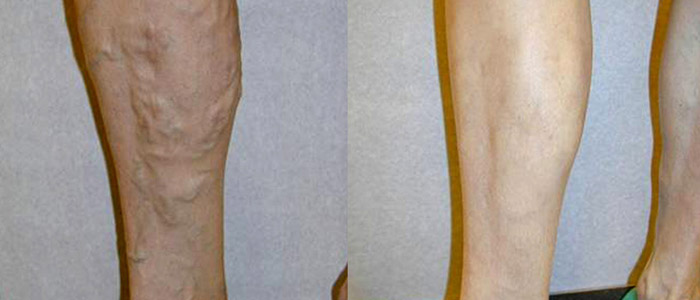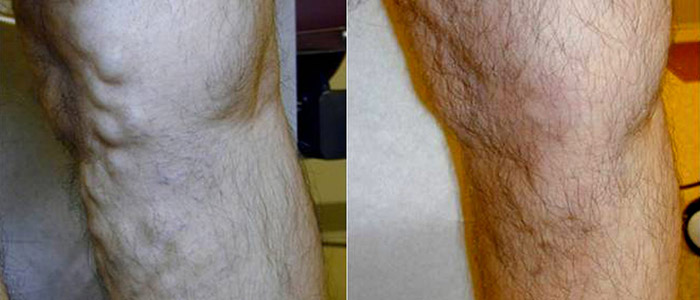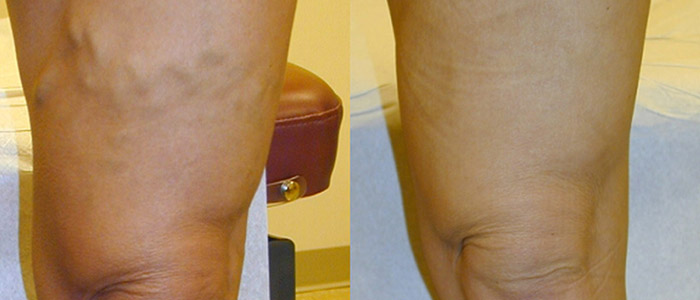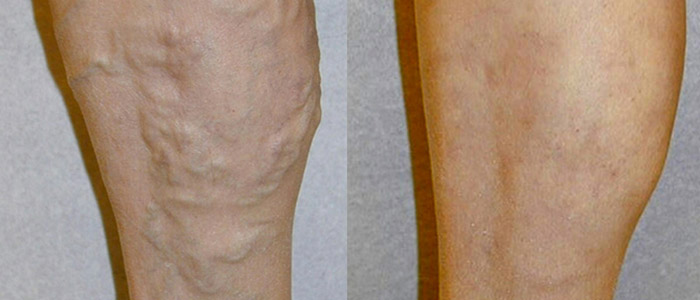A Morristown Vascular Doctor Publishes an Article on the Difference Between Compression Stockings and Socks
February 14, 2016. Morristown, New Jersey. Morristown Vein Center (MVC) announces the publication of an article on the difference between compression socks and stockings. According to the Morristown based center, Compression socks and stockings are prescription devices usually offered to patients who come to Morristown Vein Center who suffer from swollen legs and ankles, or who have leg pain that doesn’t go away.
Dr. Lowell Kabnick, sole practitioner of MVC and a top Morristown vascular doctor explains, “These patients don’t usually yet have visible varicose veins. Conservative treatment is best for helping prevent vein disease, or for slowing its progression, so it works best for people who are starting to see signs of vein disease, but who don’t yet have full blown varicose veins.” Dr. Kabnick notes that the compression both stockings and socks provide can improve circulation and reduce the symptoms that accompany vein disease.
Compression socks are used when the problem lies mainly in the feet and ankles, and compression stockings are prescribed for those who need better circulation higher up on the legs. However, to get rid of varicose veins, patients need one of MVC’s minimally invasive treatments such as sclerotherapy, microphlebectomy or endovenous laser or radiofrequency treatment.
Dr. Kabnick advises anyone who is concerned about swollen legs and ankles to make an appointment at Morristown Vein Center for a painless venous health evaluation. For more information about vein disease treatment in Morristown, or on vein treatments in general, visit the Morristown Vein Center website at https://lowellkabnickmd.com.
Varicose Vein Treatment Options
Many men and women find themselves suffering from spider veins (small, reddish veins found on the skin’s surface) and varicose veins (larger, bulging veins that often appear blue in color). Although both genders are at risk for varicose and spider veins, women are more likely to experience them than men. There are a number of different vein treatment options available to safely and effectively remove varicose veins. These minimally invasive treatments, which include radio frequency ablation, sclerotherapy, endovenous laser ablation, and phlebectomy, are the result of recent technological advancements and deliver optimal results without causing unnecessary downtime or unpleasant side effects.

